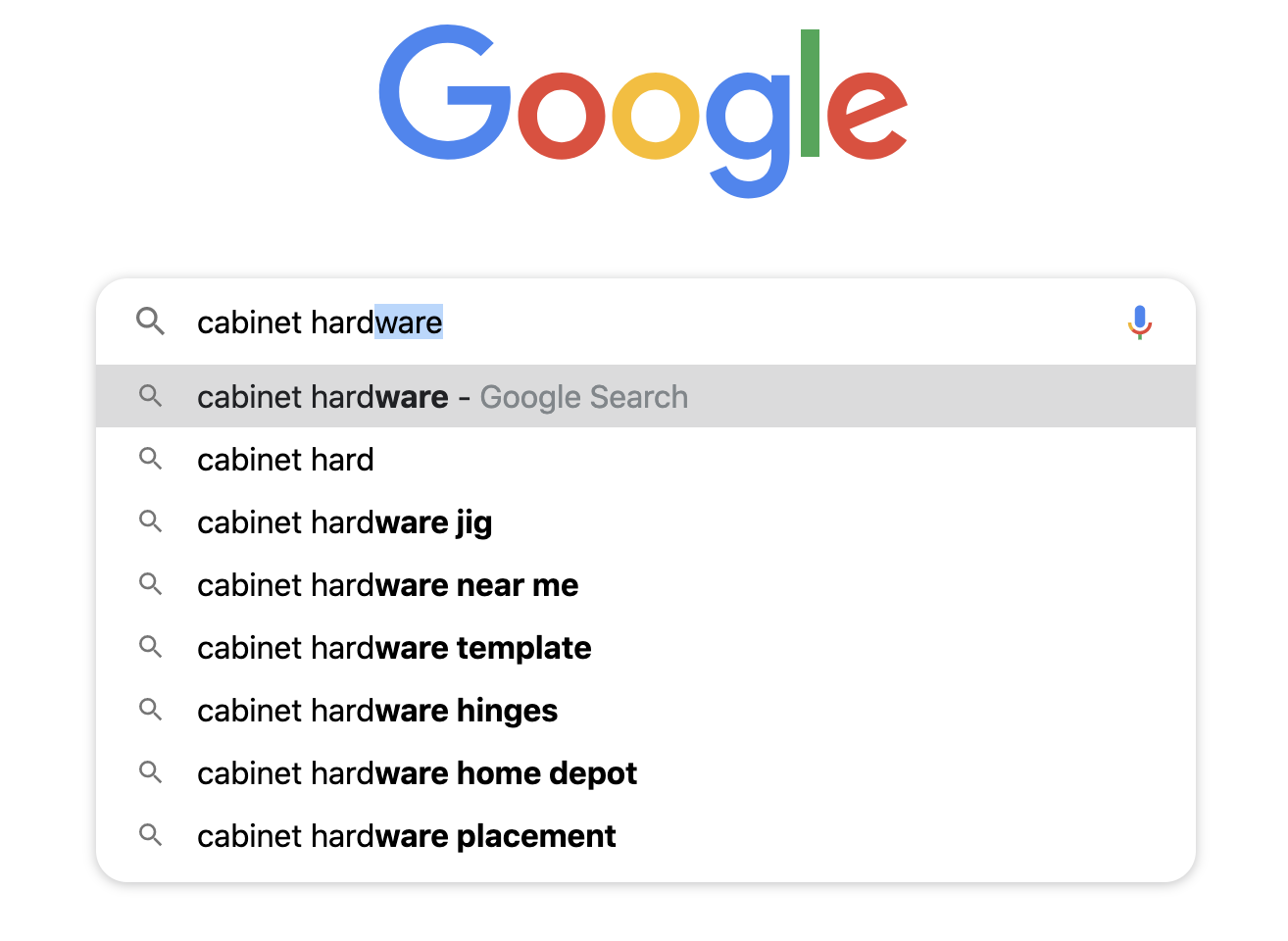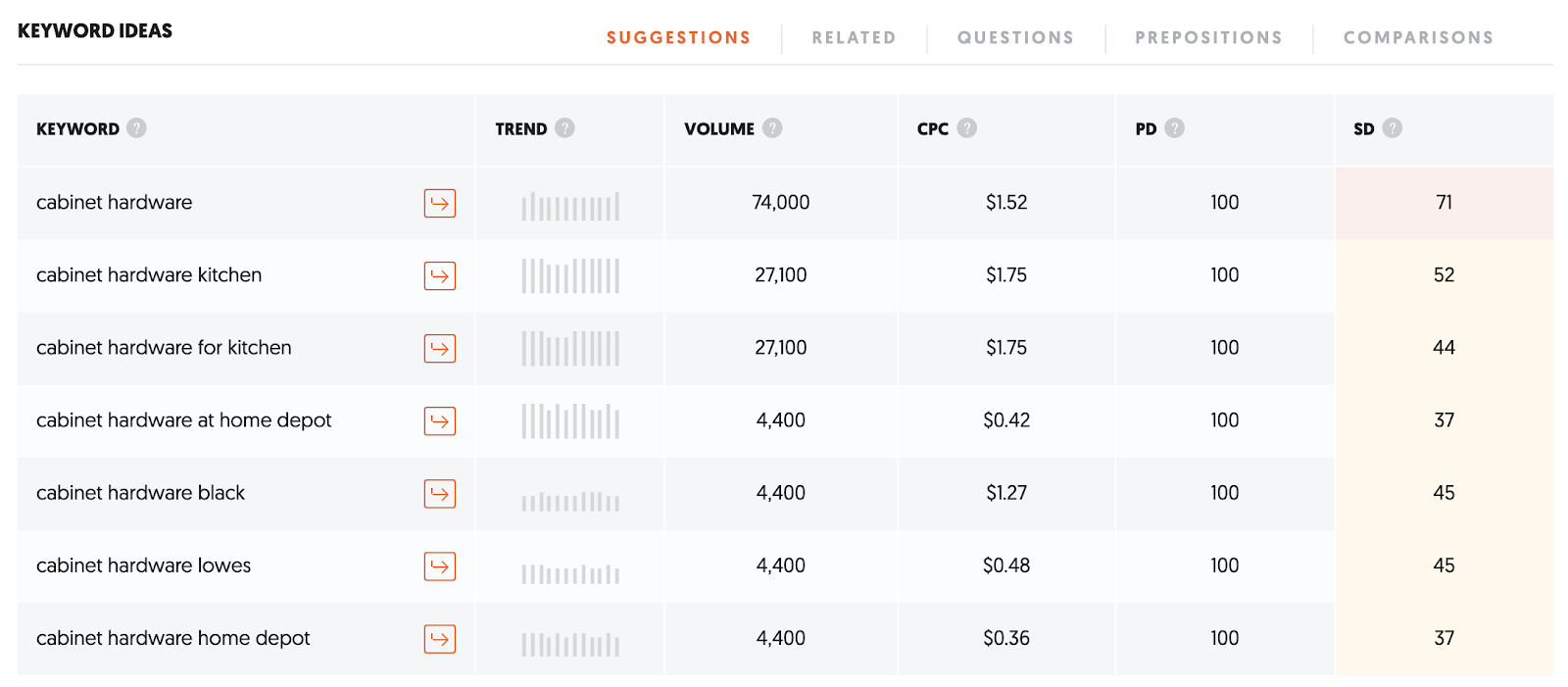
Content creation is at the core of a successful inbound marketing strategy. But to attract the volume of website visitors you need via search engines and social media to click through on an email, your content creation strategy needs to be prolific.
Blogs are among the three primary forms of media used in content strategies today, according to HubSpot. But producing great content on an ongoing basis takes planning and hard work. And, if you stop writing blog articles and posting to social networks, or produce irrelevant content that doesn’t resonate with your target audience, you risk losing leads, attracting the wrong leads, or turning off the leads you’ve acquired.
Finding enough topics for your inbound marketing content is one of the most common challenges content marketers face. Inspiration is in short supply if you don’t know how to stoke the creative fire. We recommend starting with the basics: answer customers’ questions, review industry trends, compare prices and features of comparable products and services in your industry, and conduct interviews with the experts in your organization.
These creative efforts can be very time-consuming. So here are 10 ways to find inspiration for your inbound marketing content.
How to find topics for content marketing:
- Create buyer personas.
- Do a content audit.
- Repackage existing marketing content.
- Interview your internal experts.
- Recap a conference or webinar.
- Brainstorm with others.
- Invite guest bloggers.
- Curate industry resources.
- Conduct keyword research.
- Competitor research.
From blog posts to social media updates, videos, ebooks, webinars, and more, content marketing requires that you publish – wait for it – content. Your excellent content gets found online by prospects in search engines and on social networks as they research the products and services they consume. That means the most effective content needs to be emotional, entertaining or informative, or in some way relevant to the consumer’s needs.
Get a free consultation with Heinzeroth Marketing Group to evaluate your inbound marketing strategy.
1. Create Buyer Personas
To write effectively for any audience, you first need to know something about them. You may already have some knowledge about your target audience and perhaps have developed buyer personas, those fictional representations of your target customers based on real-world information and educated guesses about their likes, dislikes, habits, behaviors, motivations, concerns, and demographics.
The more you know about your ideal prospects, the better able you’ll be to produce the content they want. Find out:
- What are their interests, their biggest concerns, their most pressing needs?
- How can you reach them? Do they read blogs, social media, or use search engines to help satisfy their needs?
- Who are these people? Are they parents? Executives in specific roles? Young or old? Do they make their buying decisions solo or as part of a predetermined corporate process?
Once you’ve identified the general personas, ask yourself questions that will help you identify their pain points, needs, and challenges including:
- What are the top two or three biggest problems they need you to help them solve?
- What type of information are they typically searching for when shopping for your goods or services? For example, do your customers search for technical specifications, pricing?
- What format do they prefer? For instance, do they prefer to read a blog or white paper, watch a video, listen to a podcast?
- What trends influence their needs, successes, and business operations?
2. Do a Content Audit
Once you know who your prospects are, what they do, what they need, where they get information, and how they use it, you can begin to produce information that best suits their needs. A content audit can save you time getting started and will reveal how well you’re covering the topics your target audience cares about and whether you have the right mix of content to keep things interesting.
Conducting a content audit is easy. Most businesses already have existing content that can easily be repurposed for an inbound marketing campaign.
Collect all the content you’ve created for your business in the past year or so. This can include articles, brochures, sales collateral, product line cards, even electronic content like PowerPoint presentations and company videos.
Create a spreadsheet to list these items by title. Then label them according to type of content, topic(s) covered, buyer personas, date created, and leads/customers generated.
3. Repackage existing content
Study your spreadsheet to reveal patterns that could indicate what can be reused as-is, and what needs to be updated. Is your list heavy or light on a certain topic? Do you have enough content for each of your buyer personas? Do you have a good mix of text-based content for blogs or eBooks, and visually oriented content for videos or webinars?
Start with something simple. Many times, you can take something that was published internally, remove some proprietary information, and transform it into a great blog post because, ultimately, it showcases your products and your brand.
4. Interview your internal experts
Reach out to others in your organization. Customer service and sales reps have the most interaction with customers, so they’re an excellent resource for frequently asked questions, as well as the answers. Give them a pad of paper, and for one day, ask them to write down every single question somebody asks them. Ultimately, this will give you a rich list to help you generate ideas for blog topics.
5. Recap a conference or webinar
We’ve all attended professional conferences, or seen an industry expert speak at a trade show or on a webinar. Share what you learned on your company blog. A topic entitled, “10 Things I Learned at [insert the professional conference or trade show here], is quick to produce and highly informative to your target audience who can share your experience.
6. Brainstorm topics
Identify peers or mentors who might be willing to participate in brainstorming sessions. Such interactive meetings encourage conversations that build on one another’s ideas.
Even if you leverage resources outside of your company and infiltrate other departments within the company, it’s still easy to run out of content ideas quickly. Therefore, you should be constantly seeking new opinions and new insights.
7. Invite guest bloggers
Another method for creating blog content is to invite other industry experts to write guest posts for you. Use your network to find people who might be interested in guest blogging. Be confident in pitching them the benefits of guest blogging.
For instance, guest bloggers can gain exposure beyond their normal readership and generate inbound links that can help them rank better in search engines. Guest blogging is also a great way to begin a co-marketing partnership and build a strong relationship with industry influencers.
8. Curate industry resources
Produce quick blog content by aggregating other valuable pieces of content. But make sure your curated blog provides some type of extra value for your reader. Ask yourself:
- Are you saving the reader time by putting all of these resources in one place?
- Are you offering your own opinion and insight against what somebody else has said?
Most authors will be flattered that you want to share their content, and it can be a great opportunity to build a relationship with them. Make sure to follow the other bloggers’ content usage guidelines and make sure you appropriately attribute the original author. When linking to others’ content, it’s also a good idea to create links that open in a new tab or window.
9. Keyword research
Consumers do most of their product research online, especially when making large purchases. Their search queries make excellent blog topics. To find those keywords, go where most web searches start – visit Google and type a search term into the search field. As you type, Google will recommend a list of other related keywords. Keep a list of those that would make good inbound marketing topics.

You can also mine for keywords using a free tool like Ubersuggest. Type in a keyword, and the software will kick out a report showing related search terms, along with search volume, cost per click, and difficulty score. What this report shows you are some of the top blog posts currently on the web. You can see each are broken down by estimated monthly visits from Google, total backlinks, Facebook shares and repin's on Pinterest. If a topic has a good amount of all of these elements, then it's worth writing about.

10. Competitor research
You can enter your competitor’s website address into Ubersuggest. The report will display their best performing blogs and the keywords they are ranking for. Use this information to write content about similar topics using those keywords. The key, though, is to create content that is better than your competition, more detailed and that covers the topic more thoroughly.

Online content is at the center of a successful inbound marketing strategy. Find inspiration for frequent content by interviewing internal and external experts, collaborating and brainstorming with coworkers, and researching industry insights.
Talk to the inbound marketing experts at Heinzeroth Marketing Group to create your inbound marketing strategy to improve search engine rankings, drive new traffic to your website, and nurture leads through their buyer journey to becoming a customer.

